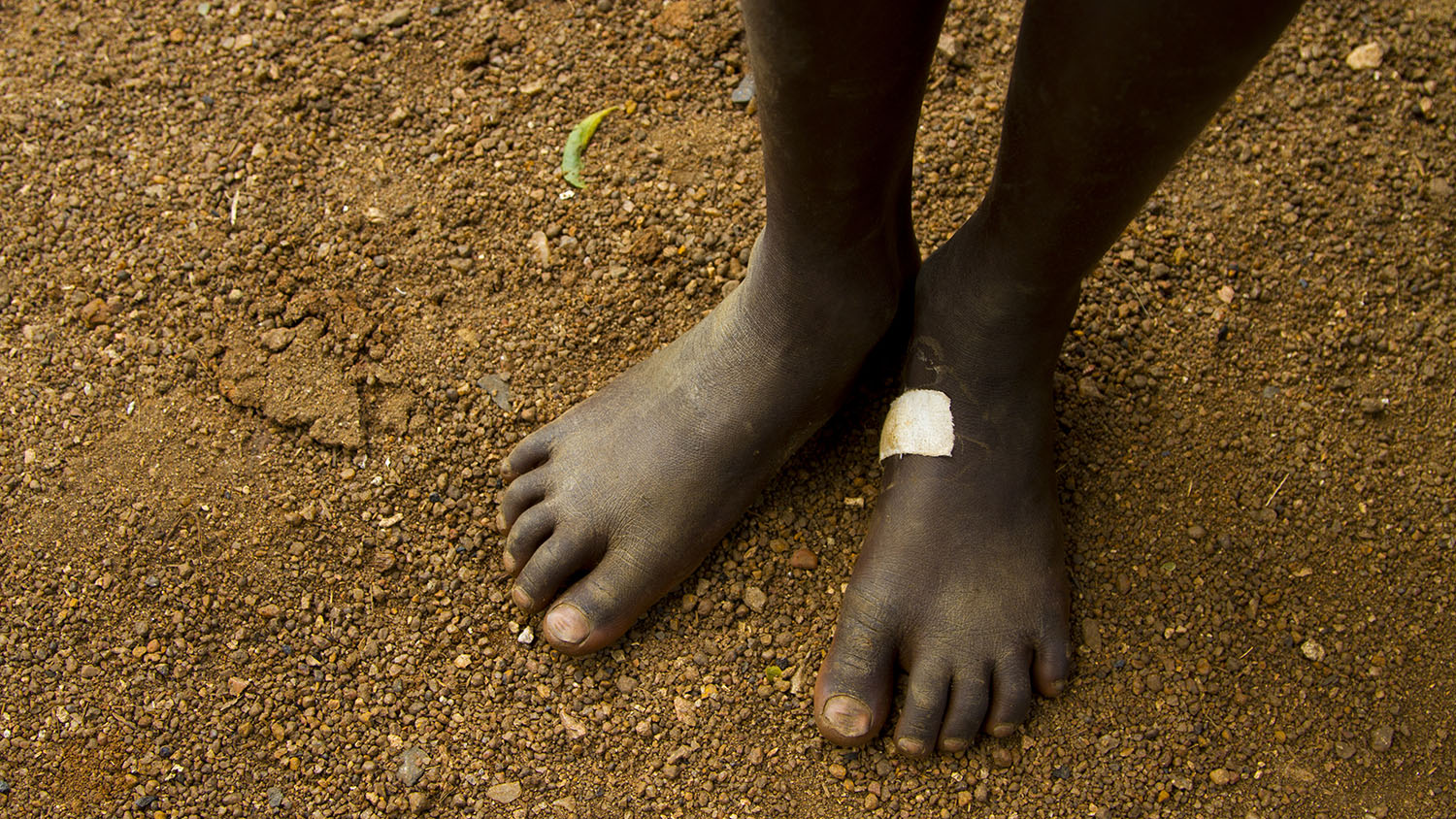To Eradicate Guinea Worm Disease in Humans, Scientists Focus on Dogs

Public health efforts almost eradicated Guinea worm disease in humans. However, a few years ago, researchers realized the disease had become prevalent in dogs – and could cross back over into human populations. To prevent the disease from roaring back, researchers are now developing computational models they can use to drive down disease occurrence in man’s best friend.
“We’ve been developing models of disease in human populations for a long time,” says Julie Swann, co-author of a journal article on the work. “We think that developing models for these reservoir species is increasingly important.” Swann is the department head and A. Doug Allison Distinguished Professor of the Fitts Department of Industrial and Systems Engineering at North Carolina State University.
As recently as the mid-1980s, Guinea worm disease affected millions of people each year. The disease is caused by a parasitic worm and causes fever, swelling and pain. The disease can be disabling and can also lead to secondary infections.
Due to a concerted public health effort, the number of reported Guinea worm disease cases had dropped to fewer than 30 by 2018. More than half of those cases were in Chad, in north-central Africa. However, observers reported that cases of Guinea worm disease in dogs were increasing – with more than 1,000 confirmed canine cases in Chad. This raises concerns that dogs are serving as a reservoir species for Guinea worm disease. In other words, the parasite responsible for Guinea worm disease may thrive in the canine population and, eventually, could become prevalent again among humans.
To address this concern, a group of researchers from NC State, Georgia Tech and The Carter Center are developing models to understand how the disease spreads in the dog population of Chad – and, more importantly, how to stop it.
A recent paper focuses on a model that essentially serves as a foundation for the work moving forward. The model establishes the parameters of the disease for dogs in Chad, and helps observers determine which variables are most important for controlling the disease.
For example, the model reflects the seasonal nature of the disease – which is well established – but also lets us know just how effective a single dog can be at transmitting the disease: in the month when the disease is at “peak infectivity,” an infected dog can infect an average of 3.6 other dogs.
The bad news is that the model makes clear that there are multiple variables at play in terms of determining the likelihood of disease transmission. But even that is a concrete step forward, as it helps researchers better define the problem.
“This work makes clear that eradicating Guinea worm disease is going to take a concerted effort; it’s not something that can be knocked out in a couple of years,” Swann says. “We’re currently developing regionally-specific models for different parts of Chad – which is essential, given the size and diversity of the country. These models will help us identify the most effective interventions for decreasing the prevalence of Guinea worm disease in dogs and, ultimately, help us wipe this disease out for good among humans.”
The paper, “An Agent-Based Simulation for Seasonal Guinea Worm Disease in Chad Dogs,” was published last year in the American Journal of Tropical Medicine & Hygiene. Corresponding author of the paper is Tyler Perini, a Ph.D. student at Georgia Tech. The paper was co-authored by Pinar Keskinocak and Zihao Li of Georgia Tech; and Ernesto Ruiz-Tiben and Adam Weiss of The Carter Center. The work was done with support from The Carter Center.
-shipman-


